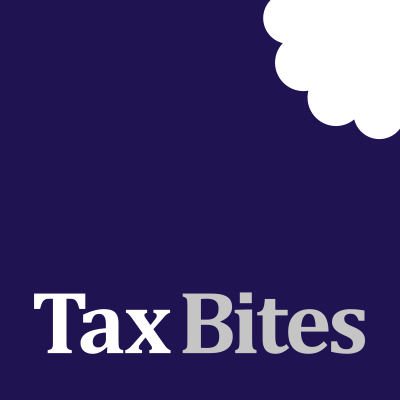
Don’t fall into this SEIS trap!
19th May 2021
Posted in Articles by Andrew Marr
The Seed Enterprise Investment Scheme (‘SEIS’) was introduced in 2012 as the ‘younger child’ to the venture capital family, sitting alongside its older siblings, the Enterprise Investment Scheme (‘EIS’) and Venture Capital Trusts (‘VCTs’).
Tax advantages
Compared to EIS, the SEIS regime offers the following benefits:
EIS
• 30% income tax reducer
• Shares are CGT exempt after 3 years
• Gains of up to 100% of the investment made in the previous 3 years or following 12 months can be held over until disposal of the EIS shares (or other disqualifying event)
SEIS
• 50% income tax reducer
• Shares are CGT exempt after 3 years
• Gains of up to 50% of the investment made in the tax year in which SEIS relief is claimed can be treated as exempt (subject to a 3 year disqualifying period)
Prima facie, SEIS reliefs beat EIS on every level. However, there is a potential trap for individuals who are interested mainly in the CGT advantages, and do not fully utilise the income tax reliefs.
Example
Mr Hastings made a gain of £50,000 in 2019/20 with a £10,000 tax liability which he wants to shelter. He makes a £100,000 investment into a qualifying SEIS company, with the aim of attracting the 50% re-investment relief CGT exemption. He also invests £100,000 into an EIS scheme which is expected to do well.
Having recently retired, Mr Hastings has only a small pension income of £15,000, and an income tax liability (after his personal allowance is taken into account) of only £500. He realises that he is entitled to up to £50,000 of income tax relief under SEIS, and a further £30,000 under EIS, but accepts that he will not be able to enjoy this. His main aim is to secure the CGT reliefs, particularly in relation to the EIS shares which he thinks will flourish.
Mr Hastings reads HMRC’s SEIS guidance, and realises that in order to obtain the exemption for his £50,000 gain he must have obtained at least ‘some’ income tax relief on the SEIS shares. This is fine, as he has £500 of tax to utilise, and this alone is sufficient in order to shelter the £50,000 gain.
However, being a savvy investor (and avid Tax Bite reader) Mr Hastings remembers a previous Forbes Dawson Tax Bite (see here), which explained that he also needs to have obtained at least ‘some’ EIS income tax relief in order for his EIS shares to be CGT exempt after three years. Therefore, he modifies his return to claim £499 against the SEIS investment (his SEIS reinvestment relief should still apply) and £1 against the EIS investment.
Problem!
Unfortunately, while Mr Hastings’ analysis of the SEIS rules is correct, the CGT rules relating to EIS contain a nasty sting in the tail. It is true to say (as the previous article discussed) that an investor can benefit from full CGT exemption on EIS shares where only partial income tax relief (even just £1) has been obtained. However, this only applies where the individual’s EIS income tax relief has been limited, solely because there is not enough income tax from which it can be deducted. Where an individual makes both EIS and SEIS investments in a single year, the legislation specifies that EIS claims must be deducted from income tax first.
In Mr Hastings’ case, if he chooses to limit his EIS claim in order to claim SEIS, he cannot say that his EIS relief was limited solely by a lack of available income tax liability. This is because he had the ability to claim £500 of EIS relief, yet chose to only claim £1. Consequently, only 0.001% of his EIS shares would qualify for the CGT exemption upon disposal. If the EIS shares do as well as he expects, he could be left with a hefty tax liability, all for the sake of saving an initial £10,000 in tax.
Forbes Dawson view
This example shows that investors who are looking to combine both SEIS and EIS tax reliefs should proceed with caution. One possible option that might have been available here would have been to carry back the EIS investment to the previous year. Assuming Mr Hastings has a similar income tax position, he would have satisfied the qualifying conditions in that year, as the only reason for not obtaining full income tax relief on the EIS shares in that year would have been due to the lack of income. This kind of point is usually dealt with at tax return stage and it is another example of the value of having a return prepared by tax advisers, rather than mere ‘data inputters’.



